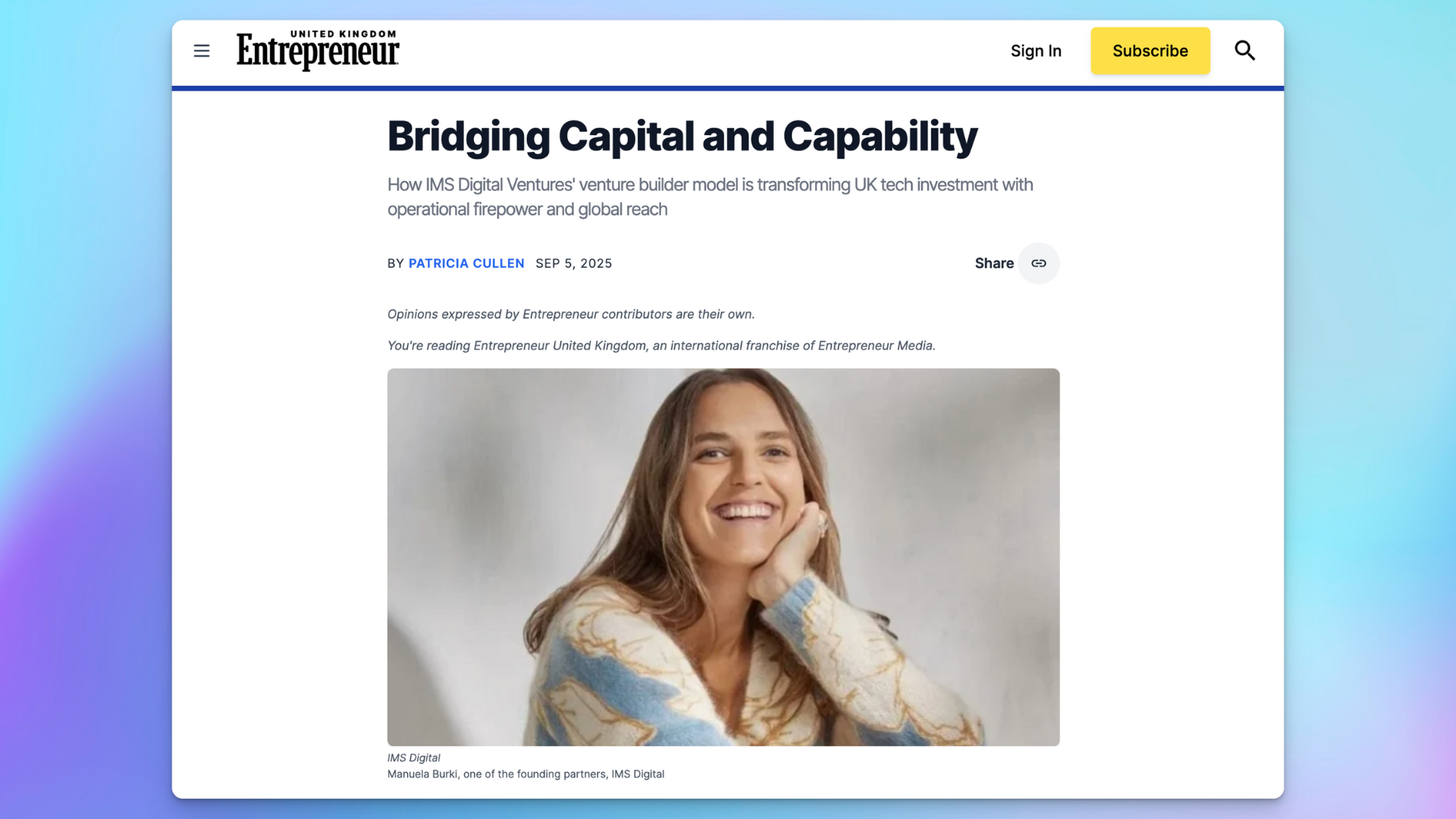They say content is king, but if you’re a brand looking to drive e-commerce sales in China, then it might just be your knight in shining armour. Faced with a sepulchral outlook of rising operational costs, high advertising fees, and fierce competition, effective strategies for marketing in China will increasingly rely on content platforms to woo, win, and retain Chinese consumers.
The operational costs of doing e-commerce in China are increasing
Especially for brands looking to sell their products through cross-border e-commerce channels, the opportunity to reach Chinese consumers requires significant commitment (financially, and culturally). Brands face mounting operational fees as the cost of e-store management and even commission on products continues to rise: more than doubling from 2015 to 2018.
Setting up a Tmall Global flagship store (a typical first choice of zealous overseas headquarters) can present a sizable financial barrier to entry for small or mid-sized brands looking to make their fortune in the East. While it remains one of the most effective channels to achieve deep penetration thanks to its phenomenal reach and powerful ecosystem, it is also costly to launch, with deposit, commission, agency, set-up, and advertising fees to consider.
Other e-commerce channels such as Kaola, XiaoHongShu, or WeChat do offer more affordable entry into China, if brands are willing to compromise on Gross Monthly Volume (GMV) targets. As an example, the average GMV per active Tmall user per year is RMB 5,682: almost double that of JD or Kaola and an impressive 8x higher than on WeChat.
Even so, the significant advertising costs required to support such operations demand an ROI-conscious approach to be sustainable for the long-term.
Brands face rising advertising and influencer fees when marketing in China in 2020
The lure of doing marketing in China has led to a rise in advertising related costs, driven by demand from brands that are clamouring for consumer attention.
From our experience, influencer marketing in China has seen a meteoric increase of 500% for some top influencers in the last three years alone. What’s more, dynamic pricing can mean short-term fluctuations which make it challenging for brands to predict budget allocation for periods close to key sales events, such as Single’s Day or Chinese Valentine’s Day. Official studies estimate that the average cost per thousand impressions has increased by 286% from 2015 to 2018 for advertising and promotional expenses.
The result is increasing pressure on brands to come up with innovative ways of achieving reach, engagement, and conversion metrics that will satisfy their stakeholders. Given the architecture of social-first e-commerce platforms, it is not surprising that content is becoming a powerful make-or-break strategy for digital marketing in China.
Social commerce offers fresh opportunities to deliver thrilling experiences, even for luxury or traditional brand models that have had a historically parochial view to engaging Chinese consumers. It’s so effective because it taps into feelings that still harbor distrust towards big corporations: social commerce leverages the powerful formula of peer-to-peer communication and celebrity influence to persuade consumers. A quick glance at the statistics confirms all: 70% of Chinese consumers have shopped through social media platforms (a study from Accenture revealed that 54% of Chinese consumers think that products recommended by other are more reliable, and 47% of them would prefer to purchase products recommended by others even if this comes at a price premium).
One such social media platform, XiaoHongShu (or Little Red Book), is critical for lifestyle brands, and especially in overcrowded spaces such as the skincare or mother-baby category. Although hardly a new contender in China’s social media landscape, high advertising costs and e-commerce operational costs on e-commerce platforms means that a successful XiaoHongShu strategy can be pivotal for new brands looking to penetrate the China market (and stagnating brands looking to revive their sales!).
XiaoHongShu (or Little Red Book) is a key content channel for selling to Chinese consumers
XiaoHongShu is a social media platform designed to enable brand and product discovery through user recommendations. It’s ideal for using Key Opinion Leaders (KOLs) or Key Opinion Consumers (KOCs) to raise product awareness while communicating your brand’s key values. Brands can also create their own official account, and even cross-border shop, to reach audiences directly.
Market seeding through XiaoHongShu is an essential strategy for brands looking to enter China, as you are likely to reach top-of-funnel consumers who are looking to be inspired by new trends and the latest purchase from their favourite KOLs. Its user journey is comparable to Pinterest, in that consumers will randomly browse posts for inspiration until they see something that catches their eye for their next impulse buy (rather than Tmall or e-commerce sites where a consumer will search for a specific product to compare prices before making a considered purchase).
A comprehensive strategy on XiaoHongShu has other benefits too. The lifespan of content is considerably longer than other channels, making it an essential tool for building long-term brand equity. Brands should work with agencies who can help them leverage KOCs to reinforce emotional storytelling and insulate the brand from price sensitivity.
XiaoHongshu offers a low-cost, high-impact approach to driving awareness
XiaoHongShu also offers a more level playing field than other platforms. Smaller or mid-sized brands can compete against bigger budgets thanks to keyword tactics and value-adding content when working with KOCs or microinfluencers. This is because the platform favours great content in search results, even by ordinary users, and actively penalizes content that is too promotional or one-sided.
This also means that users believe that the quality of information shared is higher quality and more reliable than content found through traditional search engines or overt influencer advertising on other platforms, which bodes well for new brands looking to gain consumer trust.
Xiaohongshu offers distinct advantages as part of your social media marketing in China
The cost of reaching followers on XiaoHongShu can be significantly lower than WeChat, thanks to quality-controlled search results, user search behaviour, and smart keyword strategies. Brands who can tap into agency technologies for identifying consumer trends and conducting social listening on the platform will be in a good position to out-maneuver competitors.
It’s also an ideal channel to engage directly with audiences from your official brand account. It can help new brands differentiate themselves on reliable customer service, amiable tone-of-voice, and trust. Brands also have the opportunity to drive traffic directly to a XiaoHongShu cross-border shop for in-app conversions.
What makes an effective content marketing strategy on XiaoHongShu?
Content value should be the focus of brands’ strategy with XiaoHongShu, irrespective of whether it’s distributed by the brand itself or through KOLs and KOCs. Posts that rank highest in the search results are those which add true value to users (and merit being added to a permanent collection of saved posts for later consultation). Tutorials, product comparisons and in-depth reviews, or before/after anecdotes are all prime content for engaging users and stirring conversation. XiaoHongShu users are known for their willingness to engage, and will probably ask questions and share their own experiences on users’ posts.
Working with KOCs is a particularly effective way of building authentic content that helps validate your brand in future campaigns: making it a key tool for inspiring trust and helping to drive conversion on other channels. For example, a Weibo user who sees an influencer post announcing a promotion on your limited-edition product may search for your brand on XiaoHongShu to validate the influencers’ claims.
Key takeaways
- An increase in operational and advertising costs for e-commerce activity in China has put pressure on brands to reach and engage audiences through other channels
- A good content strategy on social commerce platforms will help brands hit marketing and business goals without driving up customer acquisition costs
- For smaller brands, XiaoHongShu is an ideal platform to compete against bigger competitors by using smart keyword strategies, value-adding content, and social listening to stay ahead of trends
- New brands should use KOCs to build a foundation for digital brand presence that will help improve ROI for campaigns executed on other channels
- Brands can also open a brand account to engage audiences directly or open a cross-border e-commerce shop on XiaoHongShu to drive conversion directly within the app
Are you a new brand looking to enter the China market? Or perhaps you’re leading an initiative to capture market share in China but are unsatisfied with your current results? IMS is a digital marketing agency with proven experience launching brands into China. We use data-driven strategies to create content your consumers will love, with tangible results. Get in touch with manuela@imanagementsystems.com to find out more



